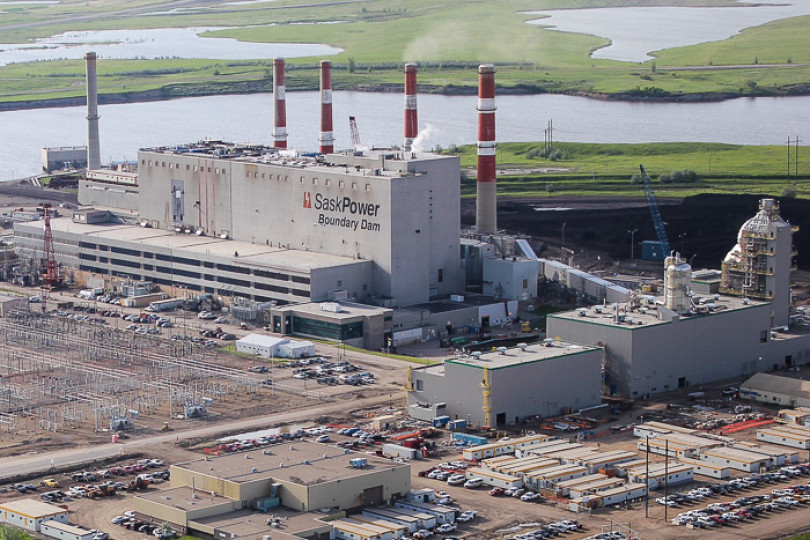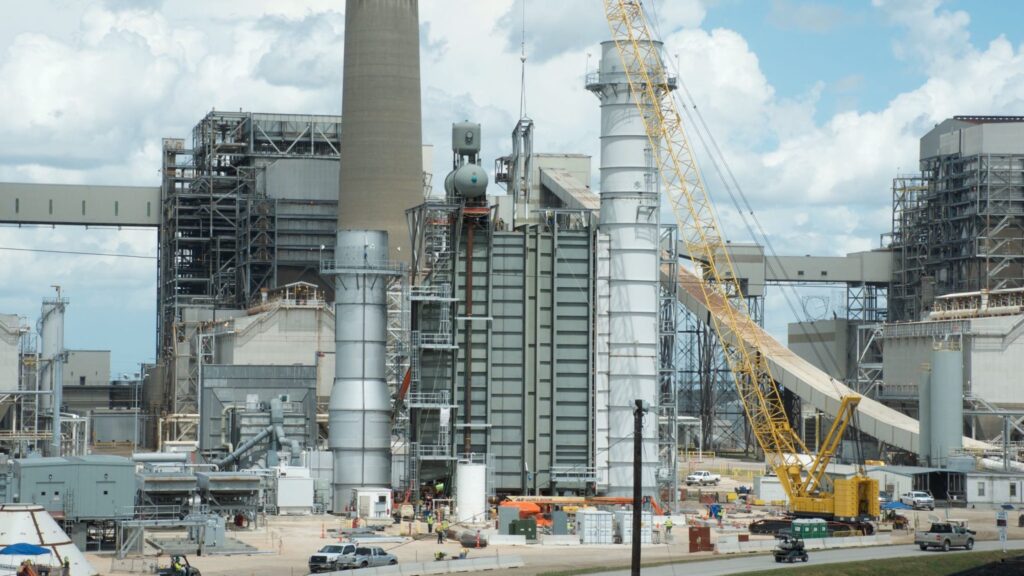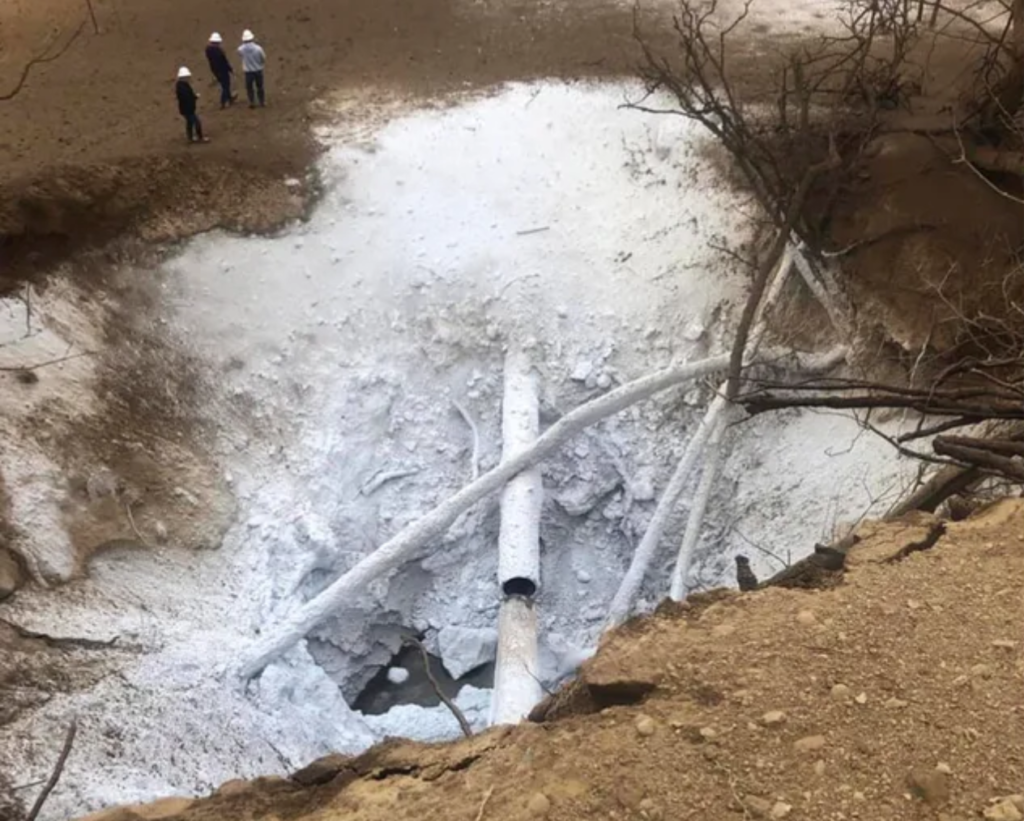
Rather than working to shut down industries that emit massive amounts of carbon, such as refineries and power plants, industry leaders have another idea called carbon capture and storage.
Eric de Place – Environmental Consultant with Salish Strategies: The oil industry uses carbon capture in oil drilling rigs. So they will capture carbon dioxide that’s coming from an oil extraction area and then inject that back underground in order to force more oil or gas to the surface. And the idea is that the carbon dioxide stays underground where the oil was the oil comes up and then we can burn that. That’s the form of it that kind of works but it works in a way that isn’t really advantageous to decarbonization because we’re just getting more oil out of it.
Basav Sen – Institute for Policy Studies:If your intent is to capture a little bit of CO2 to do some enhanced oil recovery with, then fine. But if your intent really is to capture greenhouse gas emissions, wherever it has been tried at scale, it has failed.
Basav Sen: Relying on carbon capture to reduce and eventually eliminate our emissions, is a very dangerous pipedream because the more we rely on it and the more time and resources we sink into developing carbon capture technology, the more time we lose cutting our emissions and cutting our emissions is imperative right now. We need to get to about half of our current level of emissions in the next six years. Carbon capture is also very energy intensive. It is well known that it has what’s called an energy penalty.

Mark Jacobson – Professor of Environmental Engineering at Stanford University: You’re using up to 30% of the energy of the entire coal plant to capture the carbon dioxide from the coal plant. So you need 30% more coal. Because you need 30% more coal to run the carbon capture equipment, you’re producing 30% more air pollution.
Eric de Place: Once you’ve captured the carbon dioxide from an industrial site, you compress it into a pipeline and you pipe it somewhere and then you inject it. You don’t really want a carbon pipeline anywhere near you. They’re quite explosive.
There have been numerous carbon dioxide pipeline ruptures. The most notorious one was the Denbury Gulf Coast Pipelines’ 24-inch Delta Pipeline which ruptured in Satartia, Mississippi in 2020.

Jim Walsh – Food and Water Watch: People there were over a mile away from the pipeline and were experiencing significant side effects from the carbon dioxide in the atmosphere. Dozens of people needed to go to the hospital, some with permanent disabilities today because of that rupture. What we also learned was that the vehicles that first responders were driving stopped working because the combustion engines would not burn with that higher level of carbon dioxide in the atmosphere.
